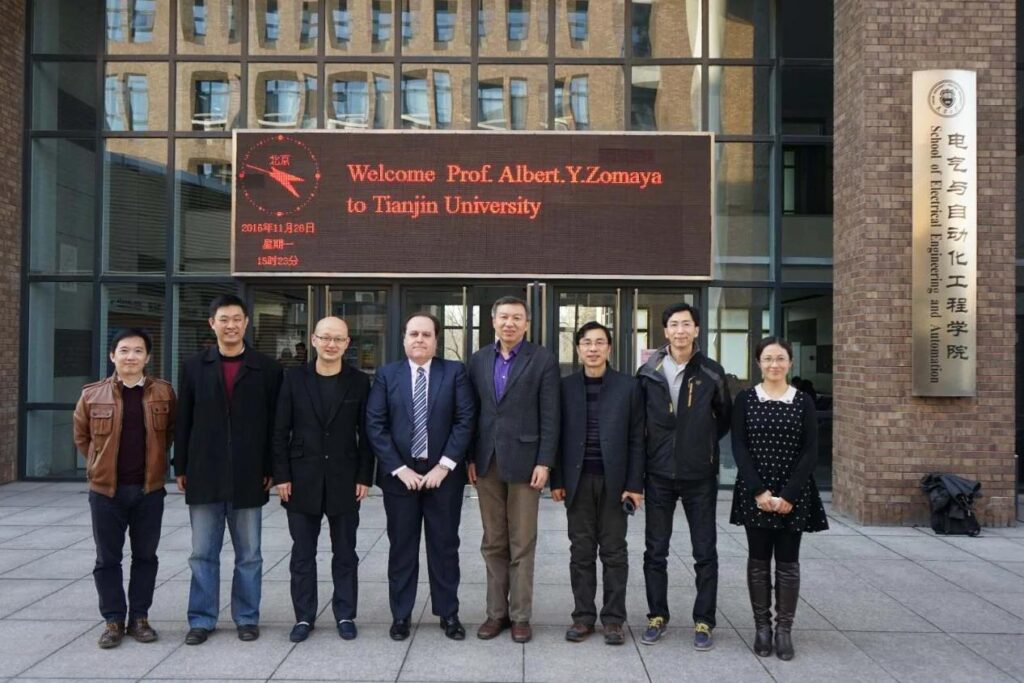17 June 2019
Working on solutions for sustainable energy supply
Universities in Australia and China are working on new technological solutions to one of energy productions’ toughest challenges; how to even out demand for electricity.
A new research centre, the Australia-China Joint Research Centre for Energy Informatics and Demand Response Technologies, was recently granted $900,000 from the Australian Government as part of the Australia-China Science and Research Fund Joint Research Centres to fund research into making energy supply more efficient and reliable.
Led by Professor Albert Zomaya, Associate Professor Jin Ma and Dr Wei Li from the University of Sydney in Australia and Professor Chengshan Wang and Professor Ting Yang from Tianjin University in China, the centre follows on from almost a decade of research collaboration between the two universities on energy solutions.
Currently, the energy systems in Australia and China suffer during periods of peak demand. We need to even out the demand for energy, so we don’t see the big peak demands on the system.
– Professor Albert Zomaya, lead researcher from the University of Sydney

Focusing on interdisciplinary research in computer science and engineering, the centre will make full use of state-of-art computer science techniques to better manage energy usage in households. The new integrated system will be able to account for peak energy demand times and adjust the household’s electrical use accordingly.
China is currently the world’s largest energy consumer and without further action on energy efficiency China will account for nearly 22 percent of the primary energy demand in 2040, according to the World Energy Outlook.
“Currently, the energy systems in Australia and China suffer during periods of peak demand. We need to even out the demand for energy, so we don’t see the big peak demands on the system. This will mean our energy providers can improve the flexibility and reliability of the energy system as a whole. The centre will provide a good platform for carrying out this interdisciplinary research which has the potential to help consumers save energy and lower their energy bills,” said Professor Albert Zomaya, lead researcher from the University of Sydney’s School of Computer Science.
“The joint centre with the University of Sydney has significant scientific value that we believe will produce innovative results in the energy field. The work conducted by the researchers from both sides is highly complementary,” Professor Chengshan Wang, Head of School of Electrical and Information Engineering at Tianjin University.
“We hope the centre will act as a vital link to our researchers and the public and make important contributions to the development of new energy technologies in both countries,” said Professor Ting Yang from Tianjin University.
The teams are working with State Grid Corporation of China and Energy Australia to run a pilot program using the smart metres they have developed. The metres draw on information about energy consumption and combines it with internet of things – internet connectivity in everyday devices – to adjust household energy usage, making it more efficient and cost-effective. The smart metres can detect when electricity demand is at its peak and most expensive and adjust household electrical devices.
The partnership between the University of Sydney and Tianjin University has already yielded an international patent proposing a computational method for using internet of things devices with an enhanced data processing technique to efficiently collect data from distributed grid systems.
The other partners in the research centre are RMIT University and Energy Australia from Australia, and Tianjin University and Tsinghua University and State Grid from China.